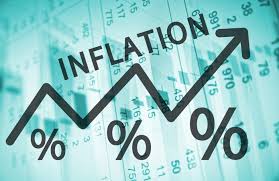However, the month-on-month inflation between February 2020 and January 2020 was 0.4 percent.
This means that price of goods have remained relatively stable over the last month, and this will translate into an unchanged interest rate for the next month. Inflation is one of the key determinants of lending rates in the country.
According to the figures released by the Ghana Statistical Service (GSS), Food inflation was 7.9 percent whilst non-food inflation was 7.7 percent.
Food is still the main driver of inflation in Ghana, even though there are four divisions with higher inflation rates.
“The Food Division is the largest contributor to the month-on-month inflation, but less so than in January”, the GSS said.
Cocoa Drinks (14.4 percent); Fruits and Nuts (14.4 percent); Vegetables (11.1); Ready Made Food (10.5 percent); Fish and other Sea Food (9.9 percent) recorded inflation rates higher the rate of food inflation.
With regard to the non-food inflation, Alcoholic Beverages, Tobacco and Narcotics (11.6%); Transport (9.9%); and Recreation (9.0%) and Clothing and Footwear were the divisions with the highest rates of inflation.
Inflation for locally produced items was 8.6 percent whilst Inflation for imported items was 5.9 inflation. The differential inflation rate between locally produced items and imported items was 2.9 percentage points.
For the last four months, inflation for locally produced goods has been growing faster than inflation for imported goods.
In terms of the regions, four regions, Greater Accra (9.7 percent), Volta (9.5 percent), Western (8.3 percent), and Eastern (8.1 percent) recorded inflation rates above the national average of 7.8 percent.
The Upper West Region had the lowest year-on-year inflation rate of 5.0 percent.
Source:Thefinderonline








